On my way to catch the tube at King’s Cross Station, I heard music coming from the other end of the piazza. For a split-second, it all felt surreal. About 50 meters from the bus stop, I happened on a scene that seemed magical— a display of salsa dancing unfolding in the open space in front of the station.
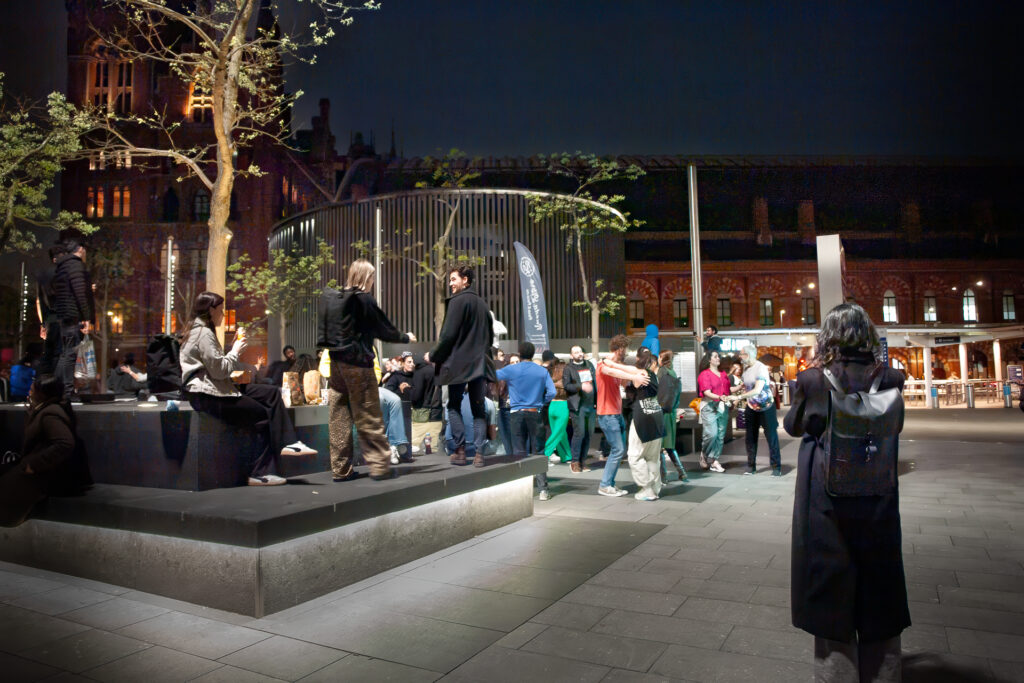
The Victorian Gothic style of both King’s Cross and St. Pancras, combined with the various post-modern trimmings added during the most recent renovations, provided a very theatrical backdrop to the dancers.
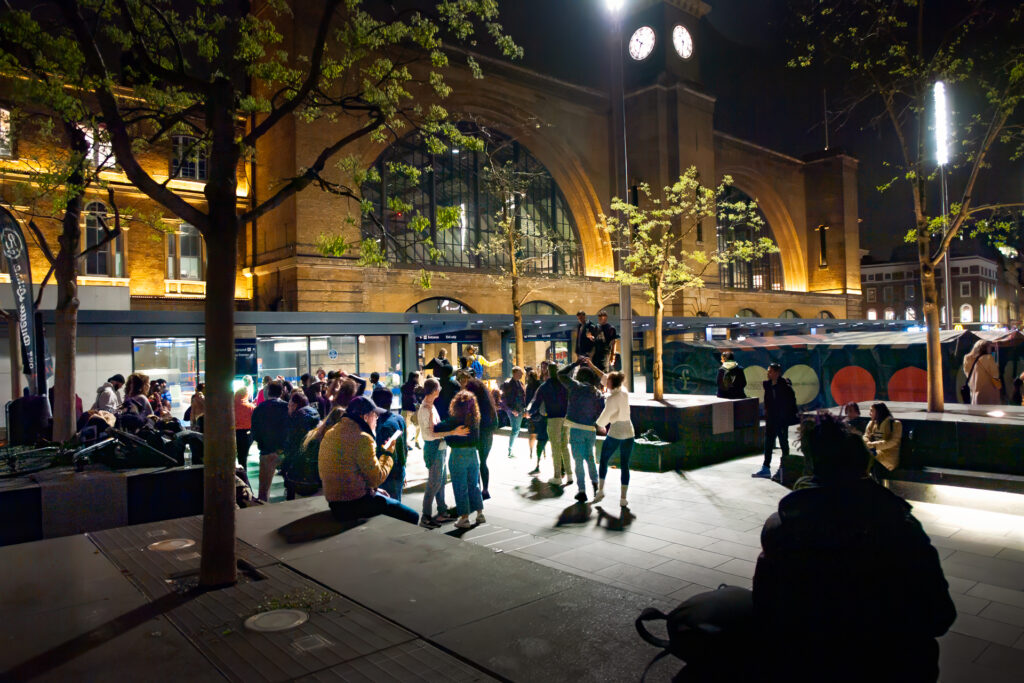
Big cities constantly reveal interesting things. On 10th April 2024, the tube station I normally use when going from North to West London was closed, so I made part of the journey on a bus and got off at King’s Cross. Serendipity, and the coincidence of being in that place at that time! – I thought.
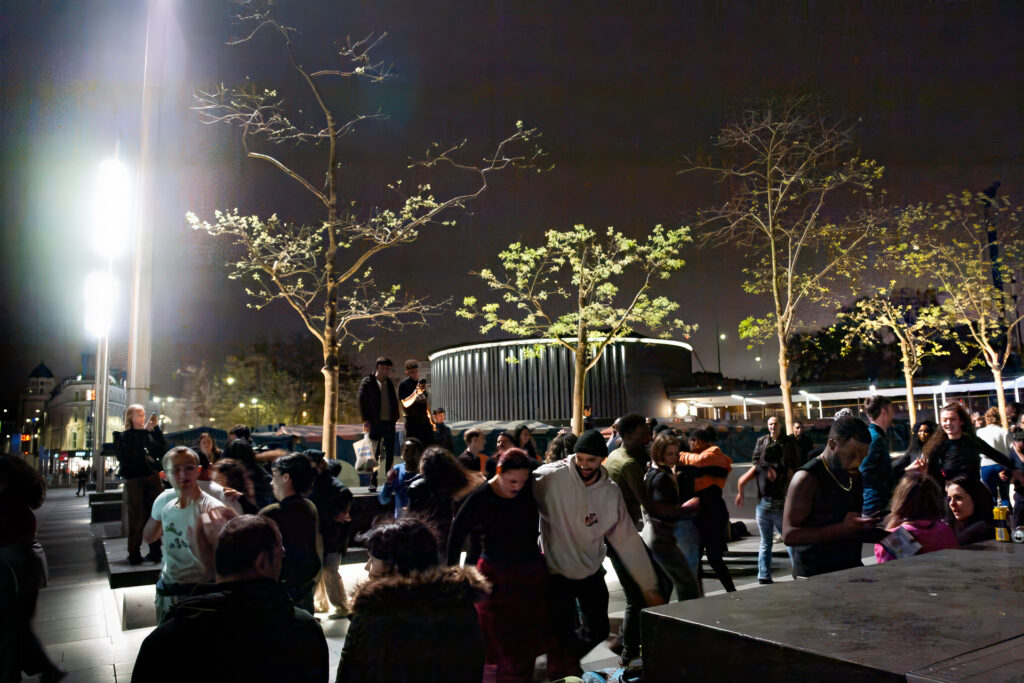
I was captivated by the scene. I immediately started photographing. I was suddenly a tourist, and no longer felt tired after a day’s work; it was like enjoying a micro-vacation within the confines of the city, with rhythms and sounds from a far-off place.
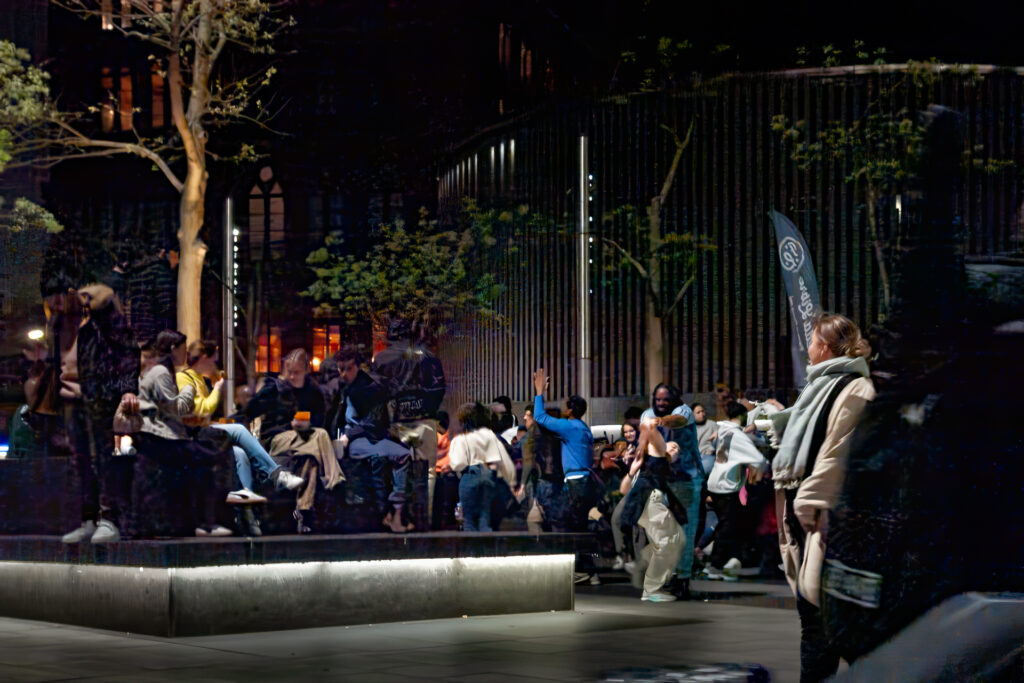
People kept joining in. I asked how this had come about, but people were enjoying the moment, so I continued photographing without further questions.
The camera
Lately, I’ve been carrying the Sony DSC-R1 very frequently alongside work equipment since I got it last November. It is part of my growing collection of bridge, all-in-one, and superzoom cameras (digital and film).
I see the R1 as a great lens with a camera attached to it, reminiscent of some of the Olympus 35 mm IS-series superzooms of the late 1990s, particularly the flagship Olympus IS 3000 (IS 3 or L 3 outside Europe). The R1 feels comfortable in the hands, with its direct access controls. It also feels comfortable at eye level. It weighs around 1.1 kg (with card, battery and lens hood), but the design is excellent and so well-balanced that there is no feeling of excessive weight, even when attaching an external flash unit to the hot shoe located on top of the grip. Using this camera is intuitive and fun: the R1 is very user-friendly, and comfortable. It is a pleasure to use.
There are two key features on this camera that I would highlight: the first, is its APS-C imaging sensor, which is only a touch smaller than typical ones found in interchangeable lens cameras (21.5 x 14.4 mm on this camera vs. 23.6 x 15.7 mm or 22.2 x 14.8 mm on most APS-C interchangeable lens cameras, depending on manufacturer). It is a C-MOS sensor of 10 megapixels. And the second notable feature is that the R1 sports a (non-interchangeable) Carl Zeiss 14.3-71.5 mm Vario-Sonnar T* zoom lens, offering a maximum aperture of f/2.8 at the wide end and f/4.8 at the long end, equivalent to a 24-120 mm lens in 35 mm (24×36 mm format) photography terms. The zoom function is not motorised as in many all-in-one cameras, but there is a manual ring to operate it, and the lens extends when zooming towards the 120 mm (equivalent) position. The front element does not turn, and it has a very useful 67 mm conventional thread for filters. Apart from the famous brand on it, the lens has 12 elements in 10 groups, including 4 aspherical elements, which is probably the reason for its quality output. The APS-C size sensor means that the lens is not a super-zoom, but a lens that is reasonably bright and as far as I am concerned, it covers the focal lengths that I tend to use the most.
Although the R1 is practically two decades old, it feels surprisingly modern in many respects. It is very well put together (when new, this camera commanded a premium price), even though its exterior is plastic and it could be argued that it is “consumer grade”. My copy is in excellent condition despite the passage of time.
The R1 is a mirrorless all-in-one camera with an electronic viewfinder (EVF) equipped with a proximity detector, allowing it to switch automatically between the EVF and the LCD screen’s live view. I find that the EVF is large and useful, though it shows what I would term a “1990’s TV-like” quality, and this is due to its (very low by today’s standards) 235,000-dot resolution, probably very much like the EVFs of video cameras of its era. The EVF’s eye cup juts out a little from the back of the camera, and this is something I find very convenient as I do not have to press my nose against the back as in some other designs. As you find in any current mirrorless system, the camera also provides a preview of the exposure settings in live view. This function can be turned off if not wanted or for example, when you kill off ambient light in flash photography but want to be able to use the EVF and/or LCD for composition and focus. For this purpose there is a physical switch labelled “Monitor” with two positions: “Framing” does not apply settings to what you see through the EVF or LCD, while “Preview” does.
The menu system contains only a few items, and while its layout may not be the best, it is practically self-explanatory. The camera features normal-sized physical controls, including command wheels, switches, buttons and a PSAM mode control. All are clearly labelled. Once I configured the equipment to my preferences, I found little need to use the menu frequently.
The R1 has several quality features, such as a leaf shutter with speeds ranging from 30 seconds to 1/2000. It is a very quiet camera, and releasing the shutter amounts to no more than a whisper. The camera does not offer an electronic shutter. Its LCD screen has an unusual articulation, allowing it to be used as a waist-level viewfinder when it is placed flush on top. As this is an electronic system, it displays images that offer the correct orientation, unlike an optical waist-level finder that inverts left and right. I found this feature extremely useful. Also, I find the colour of the photographs produced by the R1 very pleasant, with good saturation and contrast, in other words, “ready to use” as they come “out of the camera”.
The R1’s autofocus system, although perfectly accurate, is contrast-detect and this, paired with relatively slow onboard processing, means that there should not be an expectation that it would “uncannily” find things or almost read the mind of the user. The experience is different from the autofocus systems of current equipment. If the user is aware of this, the system performs very well, even outdoors at night with the AF assist light turned off. Manual focus is available via a fly-by-wire ring on the lens, but it is not something I use on this camera. A sign of the age of the R1’s technology is that there is buffering time after each exposure.
The camera is designed for still photography, and it has no video functionality. Of course, the technology inside this camera is at least 20 years old, and unsurprisingly, the R1 shows significant noise levels at high(er) ISO settings. The noise in the images appears multi-coloured and could be rather distracting. The camera performs excellently at relatively low ISOs, making it more suited for sunny day photography. At lower ISOs there seems to be very good recoverability from the shadows in post-production. The ISO range is 160 to 3200, but at night, the noise is very noticeable at ISO 1600. (It makes one realise that cameras have improved considerably in this area.) Nonetheless, the best camera is the one in hand (I had left my work equipment overnight at the client’s office.) I photographed the night scenes regardless of all these considerations as I knew I was going to apply noise reduction to the RAW files in post-production. I was aware that I was not using the R1 in a situation where it would shine, and yet, I am so glad that I was able to obtain the photographs you see here.
I found several reviews of the Sony DSC-R1 available online, both dating from its release in 2005 and more recent ones, some of the latter reflecting nostalgically on its capabilities (editor’s note: recent post from Bob Janes here). The camera’s design may not look “retro” at the moment and its imaging sensor is not of the suddenly fashionable CCD type, but it is a C-MOS sensor, which would perhaps make it less appealing to some potential users interested in older digital equipment. I believe the user of the R1 in 2024 would be someone who enjoys its qualities, is aware of its limitations and would be attracted to its unconventional design. The R1 is a very effective tool, and very importantly, it feels “just right” in the hands.
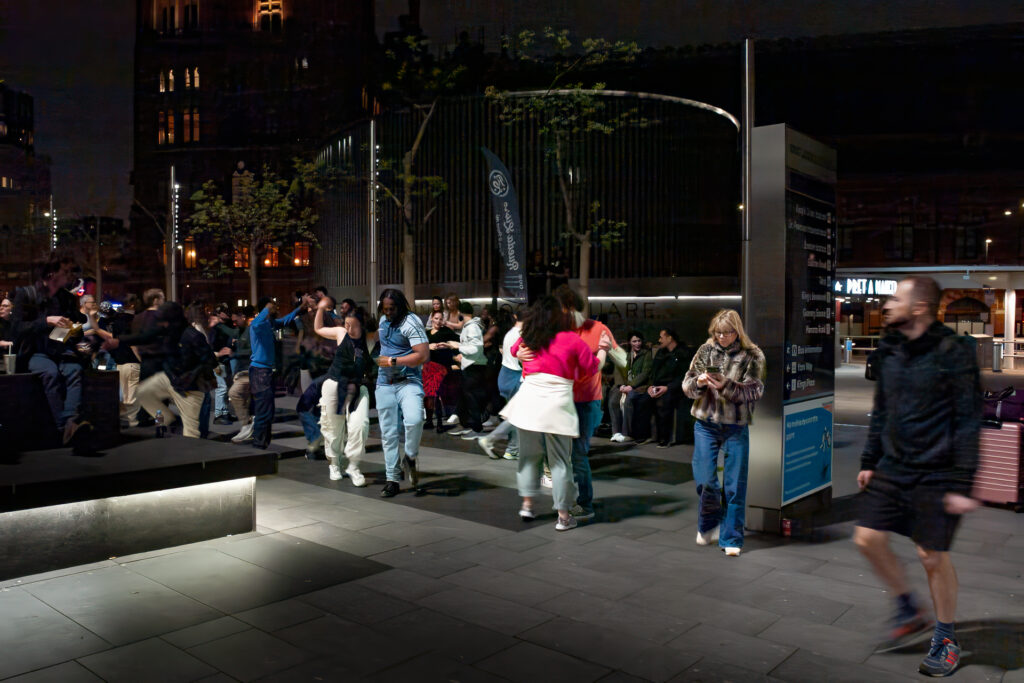
Time to continue my journey
As I tore myself away from the energy of the dancers and approving onlookers, I felt gratitude for the unexpected detour that led me to the opportunity to photograph this moment.
I hope the five photographs I selected capture the spontaneity of the dance, the charm of the dimly lit urban space, and the fate of the encounter. For me, this was the essence of the evening.
Share this post:
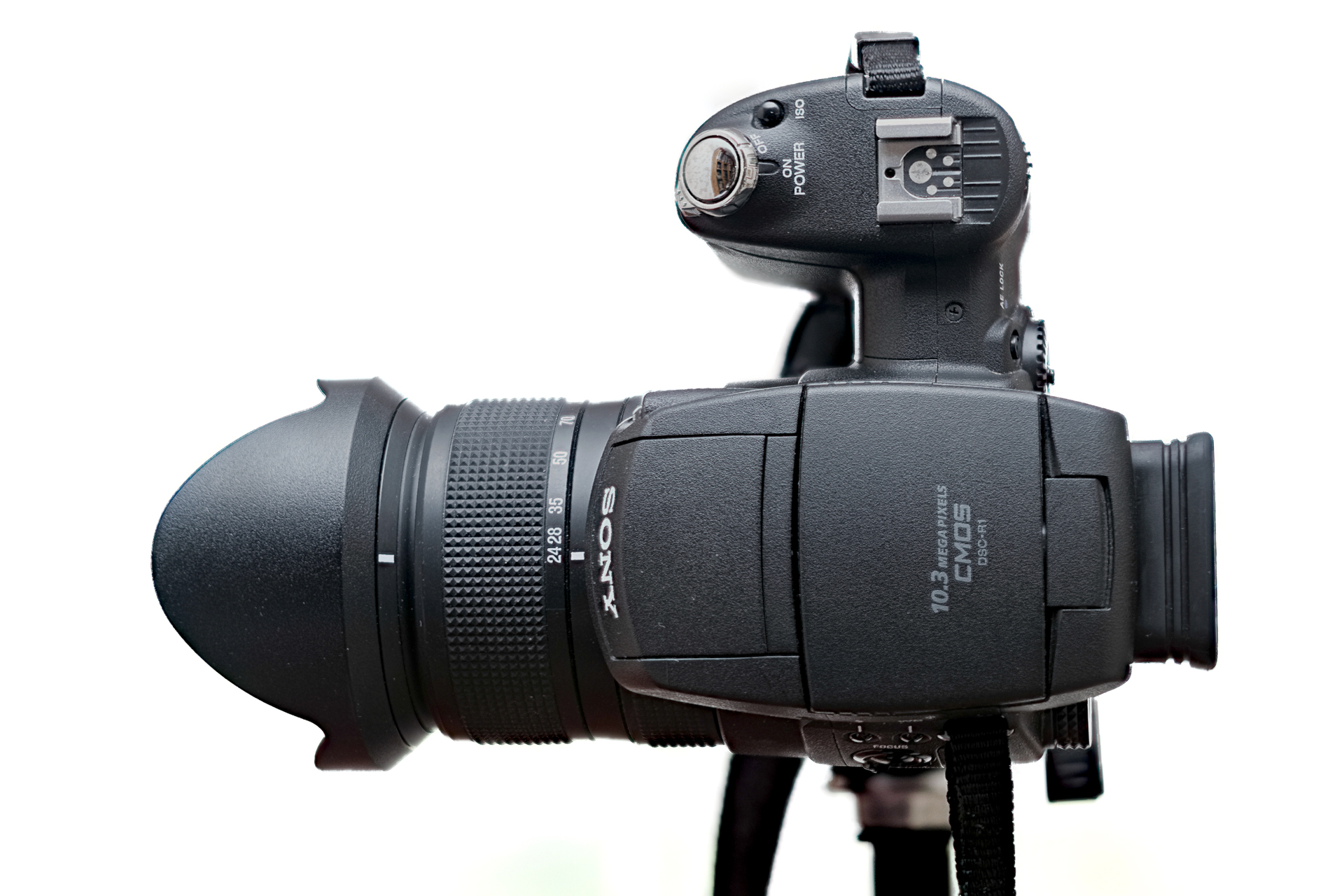
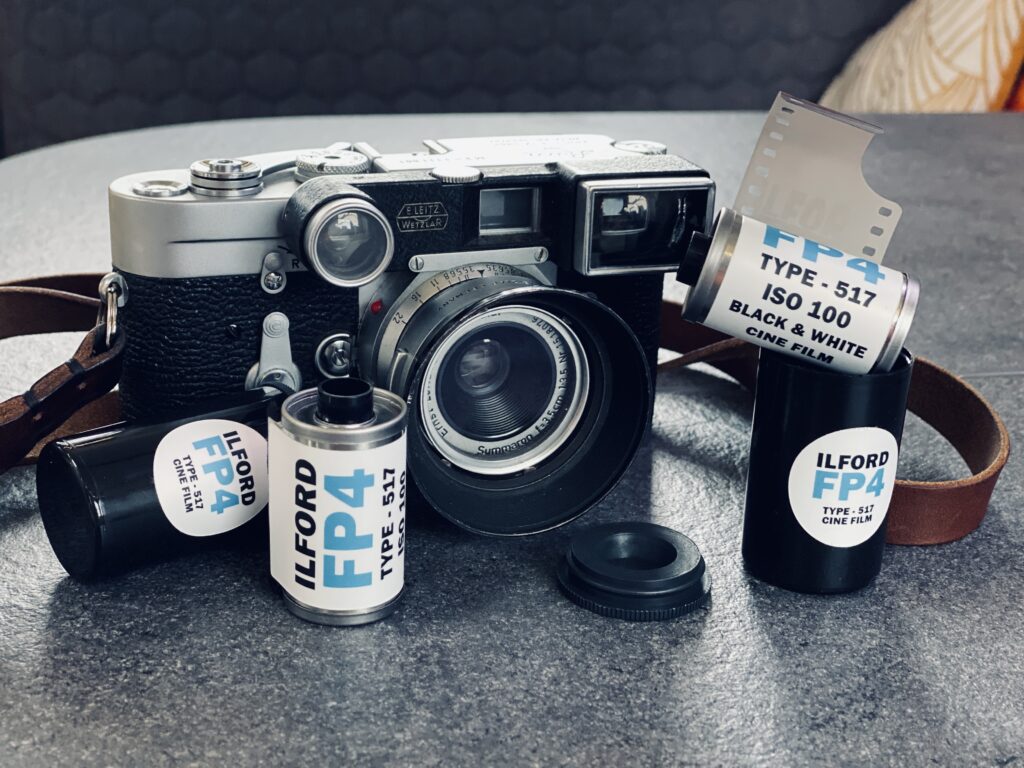
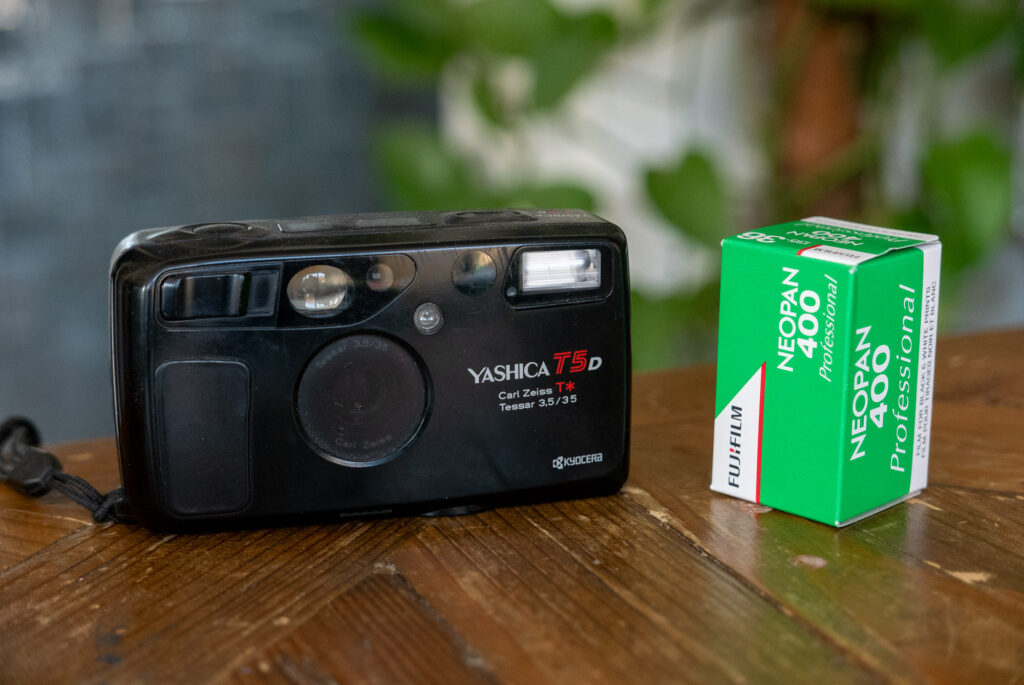
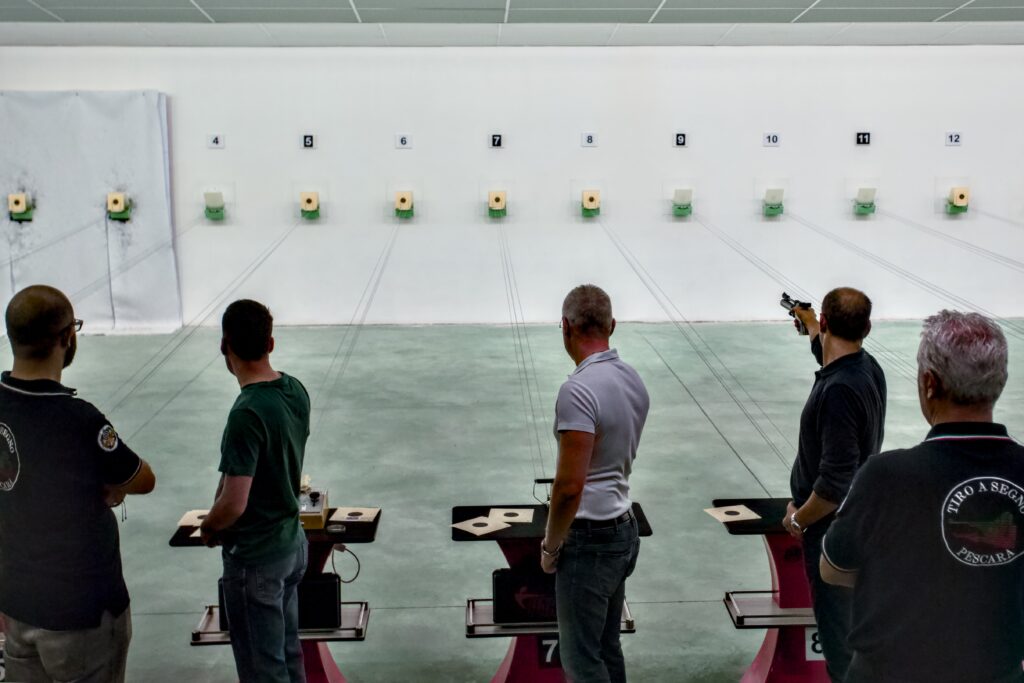
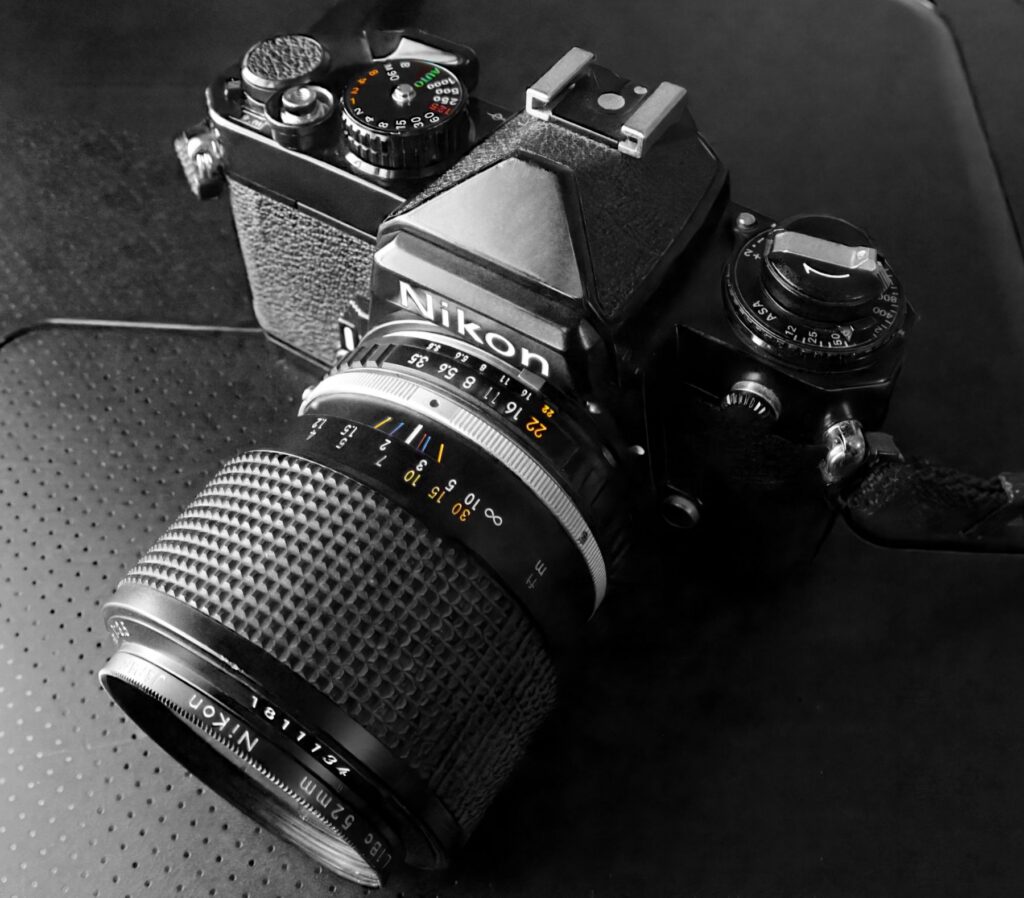




Comments
A.J. Boer on 5 Frames with a Sony DSC R1 bridge camera – from Commute to Salsa.
Comment posted: 27/07/2024
Comment posted: 27/07/2024
Gary Smith on 5 Frames with a Sony DSC R1 bridge camera – from Commute to Salsa.
Comment posted: 27/07/2024
Comment posted: 27/07/2024
Bob Janes on 5 Frames with a Sony DSC R1 bridge camera – from Commute to Salsa.
Comment posted: 27/07/2024
Comment posted: 27/07/2024